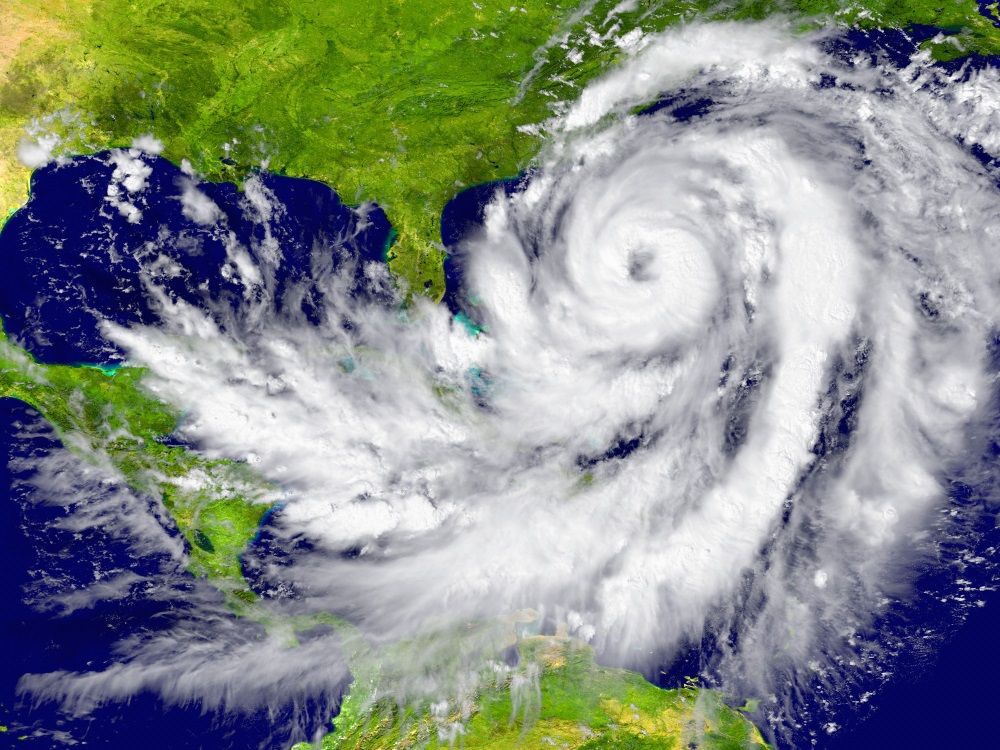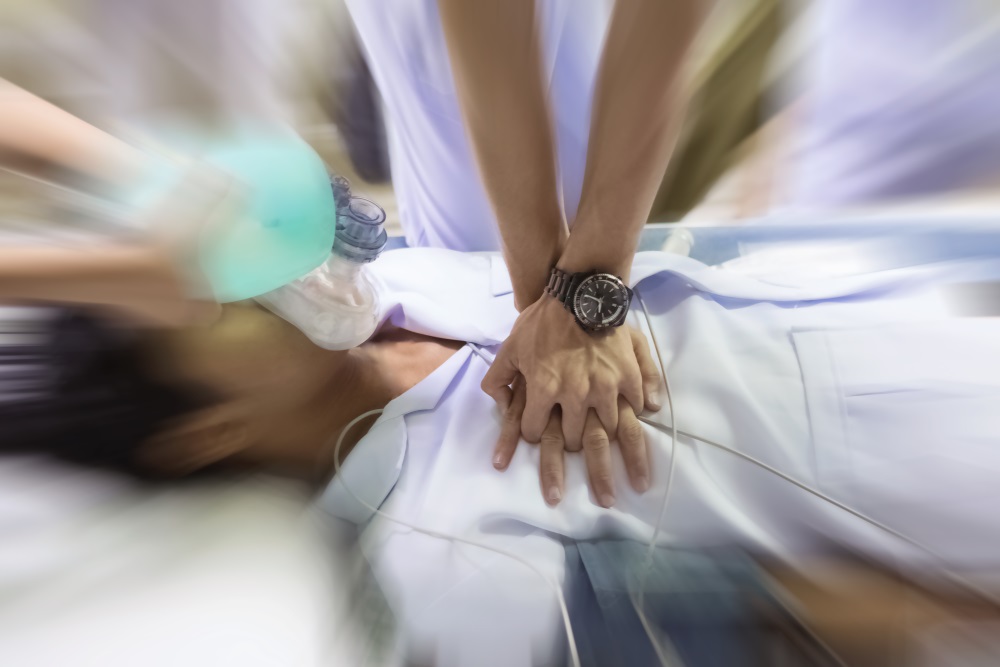Hurricane Harvey will go down in history as one of the most terrible natural disasters in United States history because of its destructive power. There were 300,000 people left without electricity, and billions of dollars worth of damage was sustained. The devastation of the hurricane left dozens of people killed but, one of the things that will bring Hurricane Harvey upfront in history is how it brought the American people together. By August 29, only a few days after disaster struck, approximately 13,000 people had been rescued across the state – many of them were helped by friendly and concerned first responders. These first responders were regular citizens that took their own boats and used their time and resources to help strangers. What a big statement for Texas. What a big statement for humanity.

But even with all this sense of community, there are things that cannot be solved with only good intentions. Common knowledge says that during and after disasters many health complications arise, ranging from basic and severe injuries to many diseases (infectious or any kind) – and as we have always said here at ARinMed, there simply aren’t enough physicians to attend to everyone. We have already explored the capabilities of transporting the finest and brightest minds of medicine throughout the world without spending many resources, but we cannot stop thinking that maybe, with the incorporation of some already well-developed technologies to the emergency services, that some situations could’ve been avoided.

For instance, how many times during this disaster did untrained people, or even EMT personnel, find themselves with injured people in need of a bone reduction, stitches, or maybe even a splint? How many people needed CPR right on the spot? Google and YouTube are simply not enough! People need to make the proper diagnosis in the right time, and sometimes this is too complicated for them in question of numbers or capacitation. For this matter, we believe that the presence of telemedicine systems, such as Medivis, could be helpful for this; it could provide tele-mentoring to unexpected and untrained people, and possibly save lives if used properly – and this is just the tip of the iceberg of it!

Patients continue to be sick during disasters, diabetics still have diabetes no matter how many disasters surround them, and they get complications like diabetic ketoacidosis or even hypoglycemia, which could possibly take their lives in the process. With the use of very basic equipment, endocrinologists or emergency physicians from another part of the country (or even across the globe) could be helping to stabilize patients during these crises, and decide which ones need to be transported to another facility while also helping to manage the resources, and thus, making for a better job. This can also apply to every patient with a chronic disease out there (such as high blood pressure, Lupus, Chronic Kidney disease, etc).

There are some who give birth during disasters too, and it does not always end up as easy as it does in the Hollywood movies. Several complications could arise during labor that compromise the lives of the mother and the baby. Some of these complications could be avoided by the use of these technologies paired with proper equipment (Cardiotocometer for example) and be monitored before and during extraction by medical teams potentially hundreds of kilometers away while being able to guarantee the safety of the users during this perilous process. We do not like to be extremists, but if there is need to take certain measures during difficult moments (like an emergency C-Section), this could very well mean the difference between life or death.

We‘re also forced with making difficult decisions during disasters. This is a hard pill to swallow, but sometimes we need to make awful, heart wrenching decisions in the field, such as who stays and who gets out, because there are only so many helicopters available and who has a better chance at survival is an important factor to take into account during these critical moments. A system like the one created by AMA could be very helpful for these cases, especially to allow decision making between several physicians and not allow just one physician or EMT personnel to carry out that burden in an emotional situation, like a full-blown disaster similar to Hurricane Harvey.

There is a lot to write about these kinds of situations, but there is a lot more that could be done by embracing technologies like Augmented Reality in our daily life. What do you think? Do you believe Augmented Reality could prove useful in disaster situations? Please let us know in the comments section!









Using telemedicine services during disasters is one of the greatest uses of the concept!